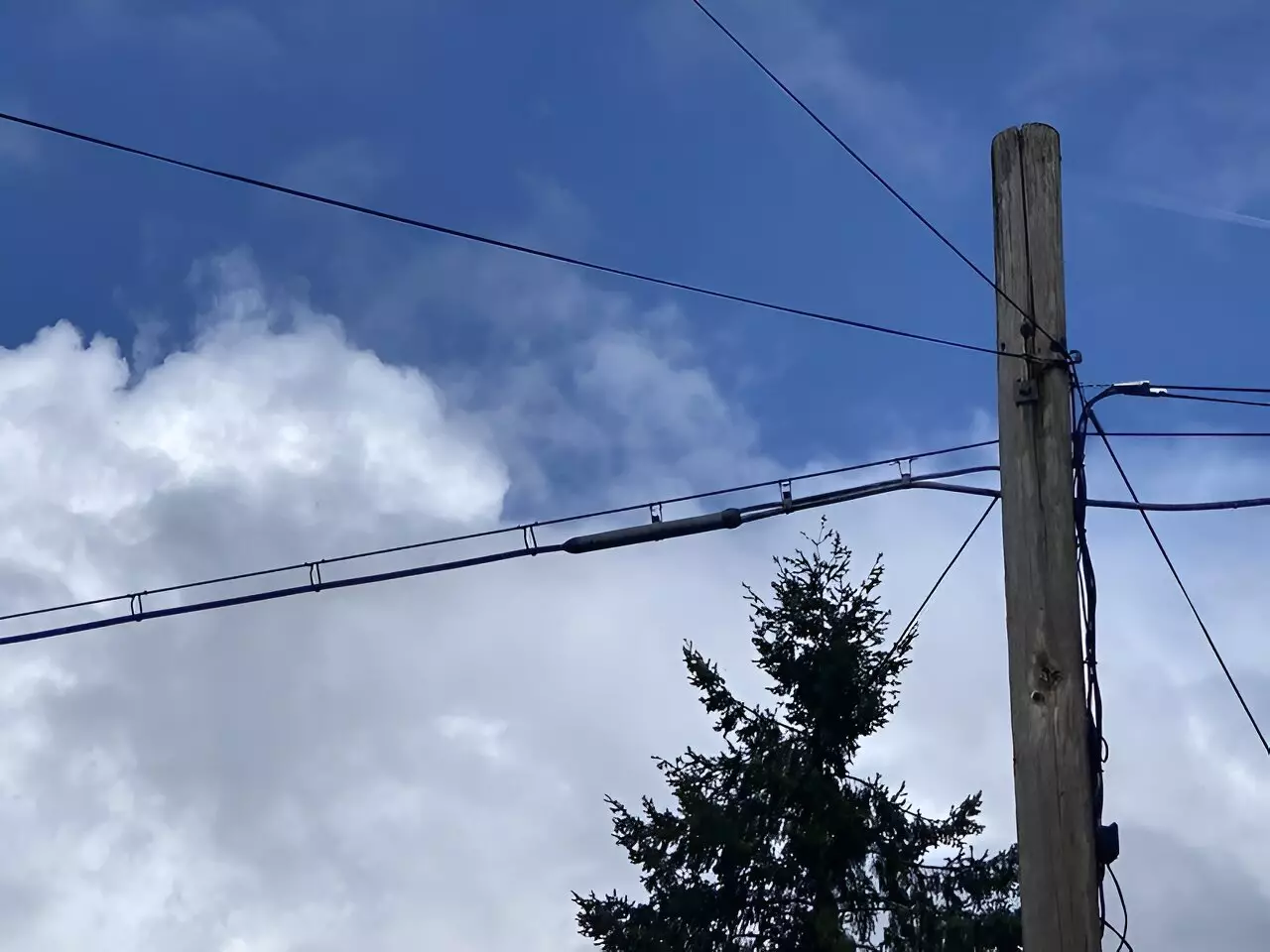The recent study conducted by Alyssa Shiel, an environmental geochemist at Oregon State University, revealed shocking results regarding lead levels in urban moss samples. The research demonstrated that lead levels in older Portland neighborhoods with lead-sheathed telecommunication cables were up to 600 times higher than in rural areas. The implications of these findings are concerning, especially given the toxicity of lead and its detrimental effects on human health, particularly in children.
Alyssa Shiel, the lead author of the study, expressed astonishment at the results, highlighting that the majority of samples with elevated lead levels were concentrated in areas where these outdated telecom cables were prevalent. The findings have spurred further investigation to comprehend how lead is entering the environment and whether it poses a risk to the local population. The study was recently published in Communications Earth & Environment, signaling the importance of these findings in the scientific community.
Urban moss, specifically Orthotrichum lyelli, serves as an effective tool for monitoring air quality due to its ability to accumulate contaminants from the surrounding environment. This research, led by Shiel and her team, aimed to shed light on the sources of lead contamination in urban areas, with the alarming discovery of significantly higher lead levels in Portland than in rural regions. The presence of leaded gasoline and residual effects from its ban decades ago were identified as contributing factors to the persisting lead levels in the environment.
Lead Cables’ Lingering Impact
The most intriguing aspect of the study was the link between lead-sheathed telecommunication cables in older neighborhoods and heightened lead levels in moss samples. The researchers found that neighborhoods with these cables exhibited substantially higher lead concentrations, suggesting that the cables were a significant source of lead contamination. Rainwater leaching lead from the cables into the soil over time, as well as soil becoming airborne, were identified as mechanisms for the spread of lead in affected areas.
The implications of the study extend beyond environmental concerns to potential health risks for residents in these neighborhoods. The researchers emphasized the need for further investigation to determine the extent of lead contamination and its impact on human health. Recommendations were made to avoid disturbing soil in areas where lead cables were present, highlighting the importance of awareness and preventative measures to mitigate exposure risks.
In response to these findings, Alyssa Shiel developed a website featuring a map of neighborhoods with old telecom cables, allowing residents to assess their risk of lead exposure. The site offers information on lead contamination and provides guidance on minimizing exposure risks. Shiel also stressed the significance of addressing other common sources of lead poisoning, such as lead-based paints in household dust and soil.
The study’s revelations regarding lead levels in urban moss samples demonstrate the complex interplay between historical practices, environmental contamination, and public health risks. By unraveling the impact of lead-sheathed telecommunication cables on urban environments, researchers are paving the way for informed decision-making and proactive measures to safeguard communities from the harmful effects of lead exposure. Ongoing research and community engagement are essential to addressing this pressing environmental and public health issue.


Leave a Reply